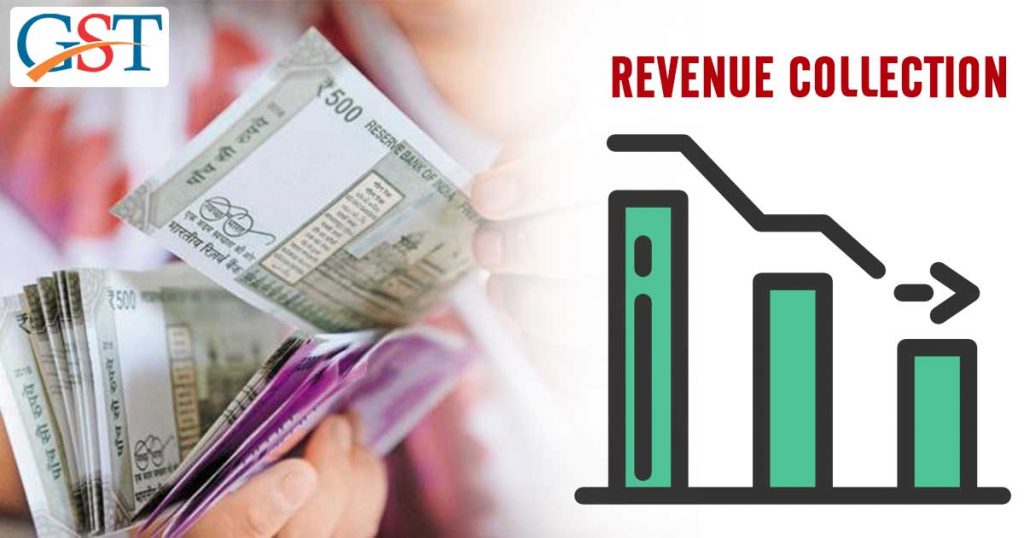
Ministry of Finance has started digging and estimating the revenue loss that may happen due to the GST rate cut which will be broached up in the upcoming 37th GST council meet, scheduled to be held on 20th September. The GST rate on various products like automobile will be lowered down to bring up the demands this festive season.
The fitment panel formed by constituting centre & state officials for winnowing the effects of rate changes will touch shoulders very soon and toss around the appeal for GST rate change, made by many industrialists and states to combat the dismal sales figures.
At present, big-ticket consumer products such as automobiles, air conditioners, large LCD T.V.s, tyres and cement comes in the tax rate slab of 28%. The total tax proportion becomes even higher when cess (if applicable) is added to it. Automobiles attract cess based on its size which raises the total tax leviable on it.
Issues have been examined thoroughly and the figures have also been considered well, according to one of the officials. Some states have made written application to the centre regarding the GST rate cut on cement and automobile to let economy snap out of it. While some states are making the pitch for more fundamental GST rate structure like unifying two rate slabs- 12% and 18% slabs into one.
Different states have a different opinion about GST rate cut on automobiles, where Kerala Finance Minister condemn it strongly, Punjab recommends for a wall to wall look at rate structure while curtailing the GST rates on automobiles to help the economy flourish again. West Bengal is also seeking steps for the revival of the auto industry with special focus on hybrid and Bharat Stage VI vehicles. The centre is well-considering all the opinions.
The Reserve Bank of India (RBI) lowered down the policy rate by 35 basis points in August, and now, according to market analysers, the government should implement some fiscal measures to encourage the Indian economy. The current basic point is 0.01 percentage point.
Indian economy encountered the slowest progress in the last six years and grew just 5% in the June quarter. Expenditure of private consumption has also slowed to 3.1%, an 18-quarter low, whereas the manufacturing has grown by 0.6%.
High-frequency indicators shedding light on the downturn of the economy by pointing towards India’s largest car manufacturer Maruti Suzuki which will pause the production for two days this month as inventory is accumulated.
According to experts, it is not in the bag that abbreviations in GST rate would result in lessening of collections figures as they will raise the demand also.
“Given the economic slowdown, there is certainly a case for reduction in rates for a few sectors such as auto,” statement made by Pratik Jain, national leader, indirect taxes, PwC. “This has been done in the past and worked more often than not. Of course, this has to be backed up with other economic stimuli (measures) as well.”
For sectors like railways & real estate, where the input tax credit is barred, there are chances for a rate reduction on essential inputs, Pratik said.
Jain said the GST Council may simplify the rate structure by merging the two rates into one like unifying the slabs of 12% and 18% into one of 15% or 16%. “However, it will not be an easy decision for the council and a larger consensus needs to be built for any major rate change,” he added.









